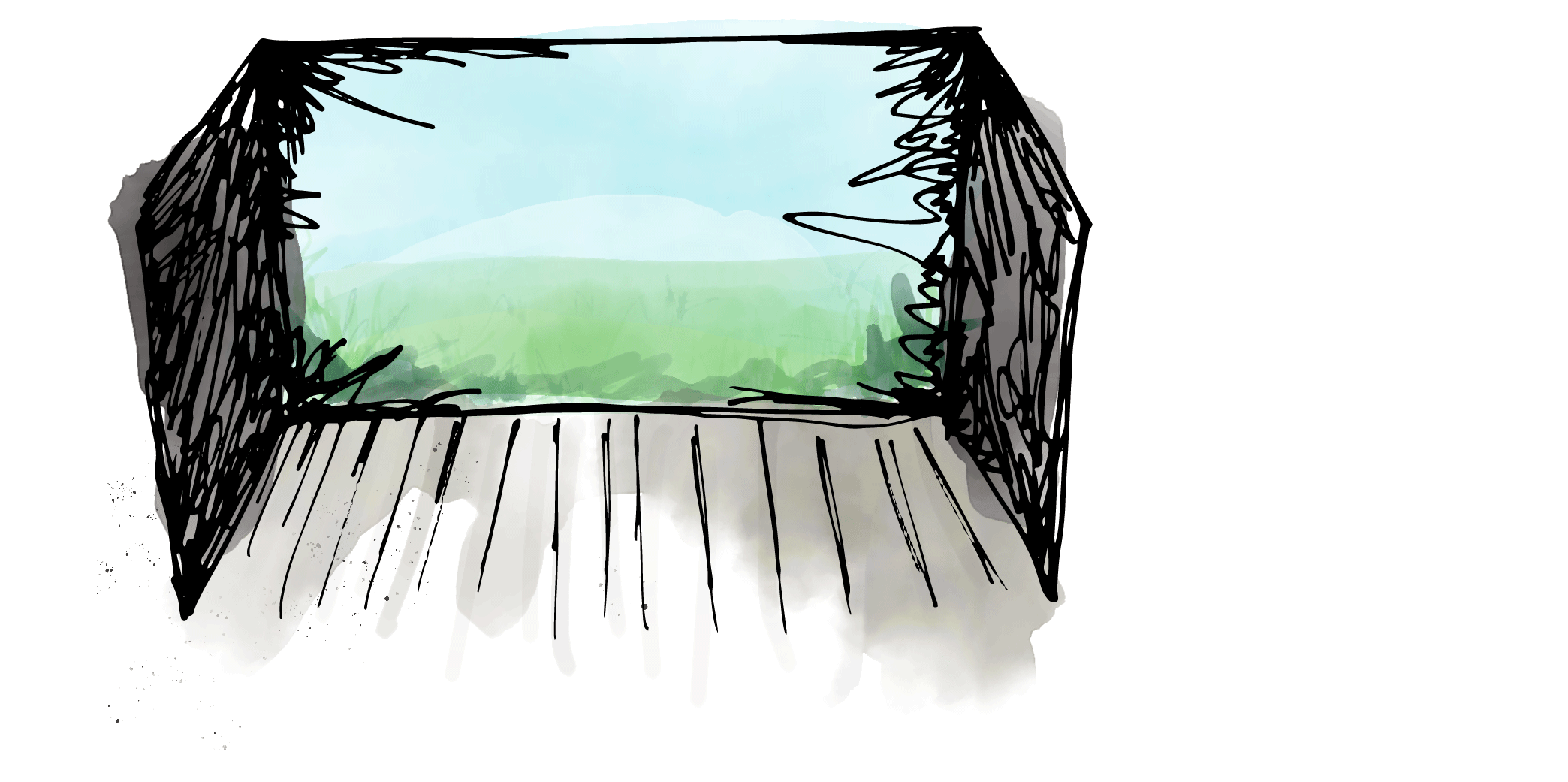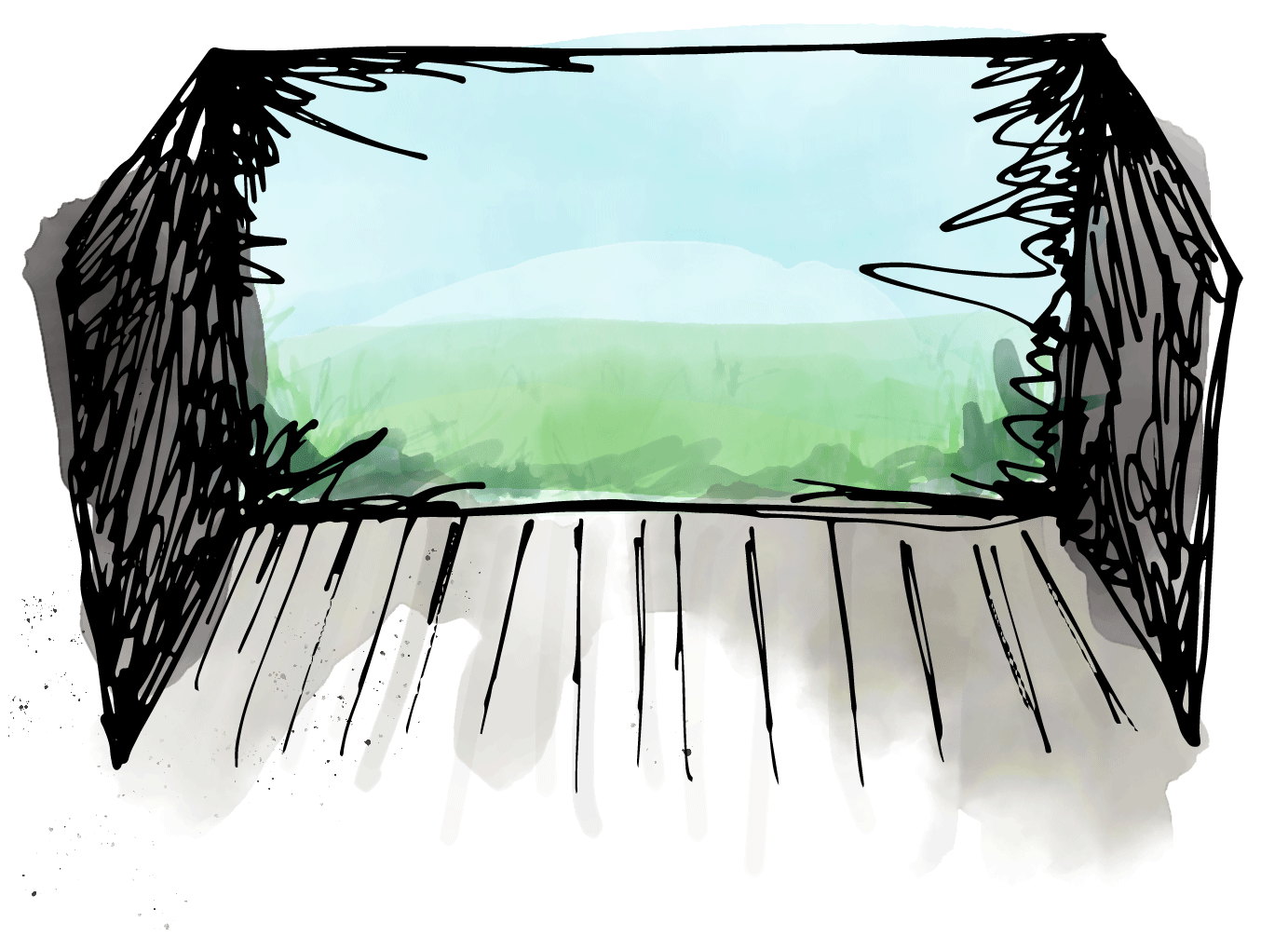The Windowless Box

As a child, I could never understand the strategy of the built environment. When I thought about my surroundings, nothing seemed very human-oriented to me. At my run-of-the-mill elementary school, the library was in the basement (no windows), the gymnasium/cafeteria was a cinder-block box (no windows), and my chair and desk were as uncomfortable as they were inescapable – they even faced away from the windows. The whole joyless building silently urged me to sit down, be quiet, and focus only on what I was being told to see and hear.

I saw the natural environment as a sanctuary. The sunshine, the fresh air, the music of the birds – everything was amazing. Nature implores us to move around, explore, use our senses. I loved it as a child and I love it still as an adult. I thought nature was the right model for what we should be building for ourselves, and I spent a lot of time as a child sketching houses that grew out of hills, perched in trees, or floated on the water.
Toward the end of my youth, I tallied up those sketches and decided to go to architecture school. I discovered that I wasn't the only one who thought the windowless box was nuts. There was scientific evidence to back up my childhood instinct that daylight and views are necessary, and important to mental and physical health. We also now know that being stuck in a chair all day comes with a huge list of negative health implications, ranging from cardiovascular disease to a higher risk of psychological distress. Biophilic design centers around the idea that human beings innately want to connect with nature and other life forms – a concept all children understand with ease but that working professionals seem to forget.


All this is to say that it's a great time for someone like me to be an architect. In our S&T practice, I have encountered clients who are so focused on the functionality of their workspace that they sometimes overlook how they, as human beings, should fit into that physical environment. My privilege is to care about it for them – I do my best to provide daylight, connection to nature and community, high air quality, and flexible spaces that allow them to do their work in a comfortable, healthy way. I believe we are slowly but surely making our way toward a built environment that is human-oriented and tied to nature, not isolated from it. While I've yet to have a client ask for a building in a tree, we are certainly past the CMU box and inching closer to a design strategy that my childhood self could understand.